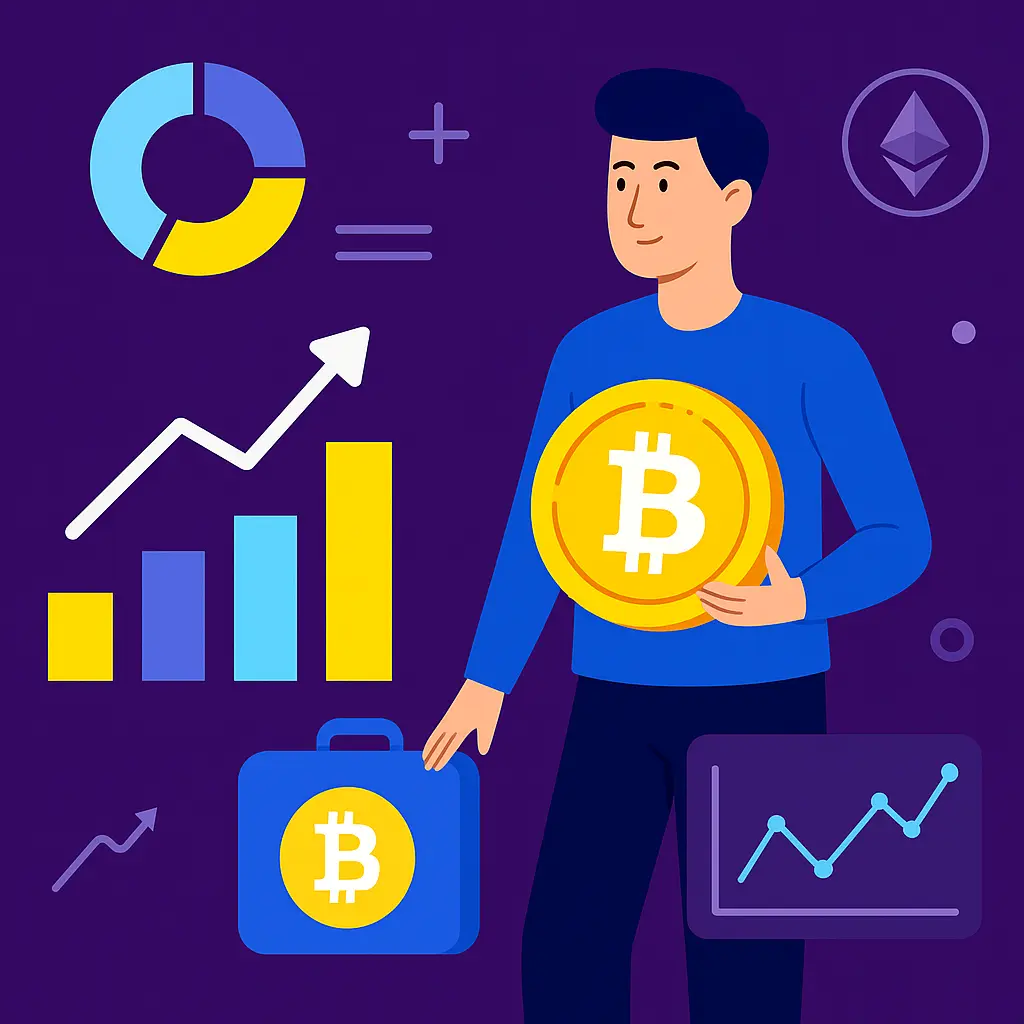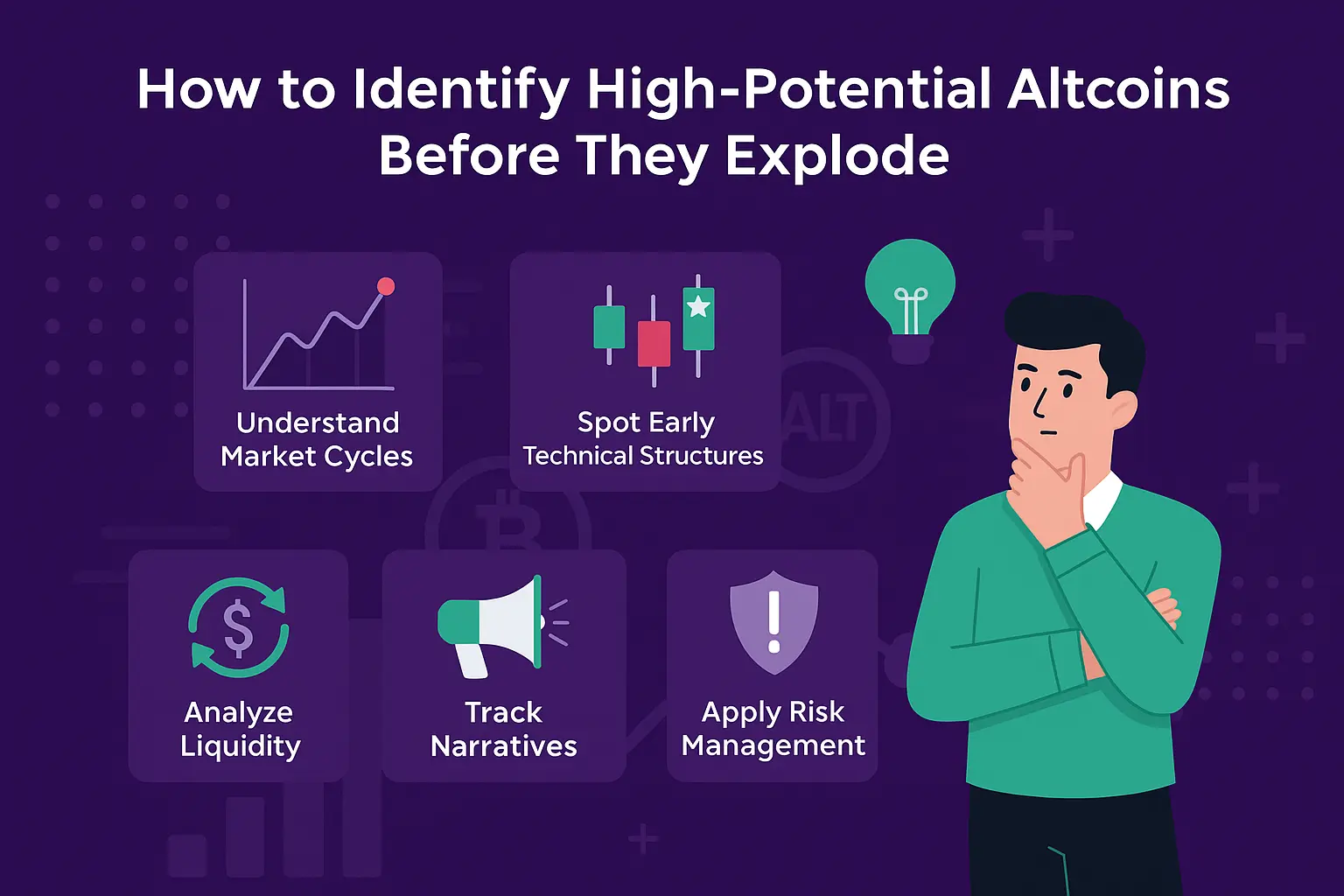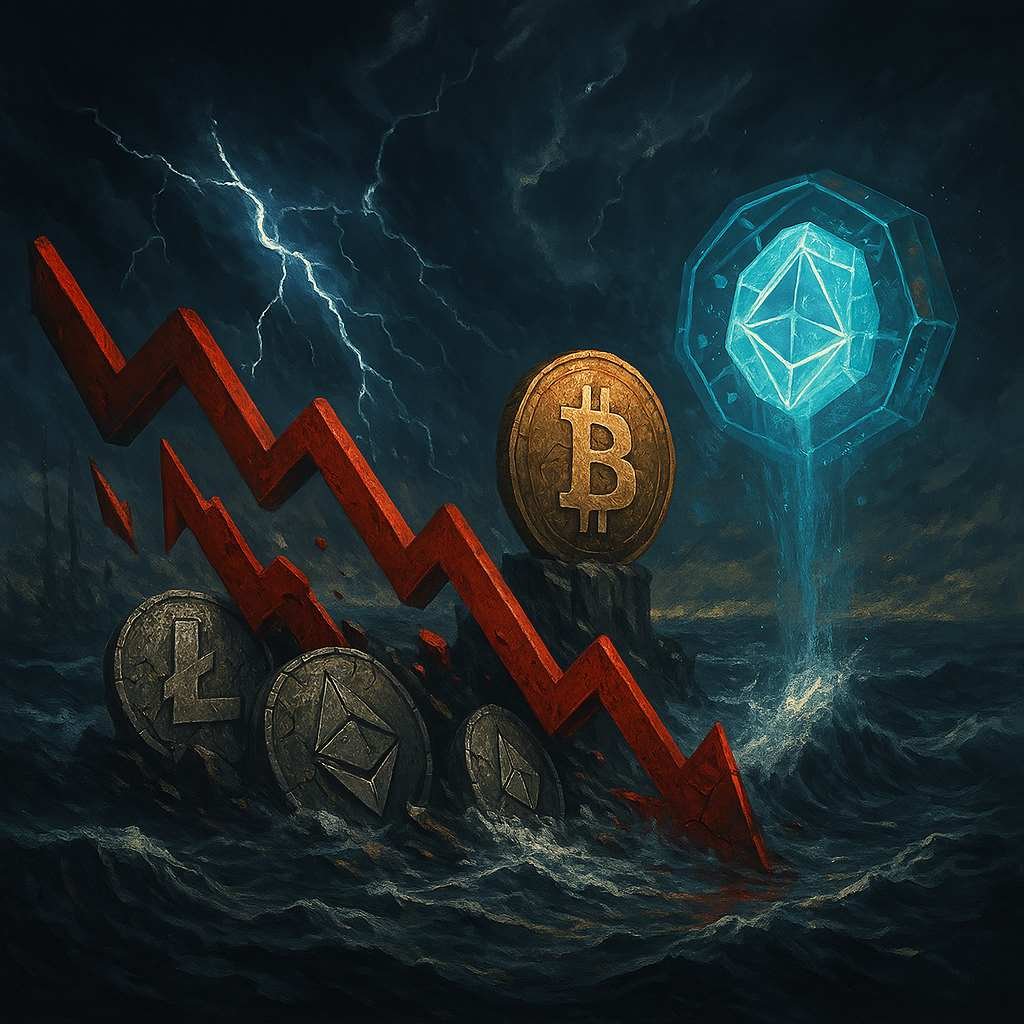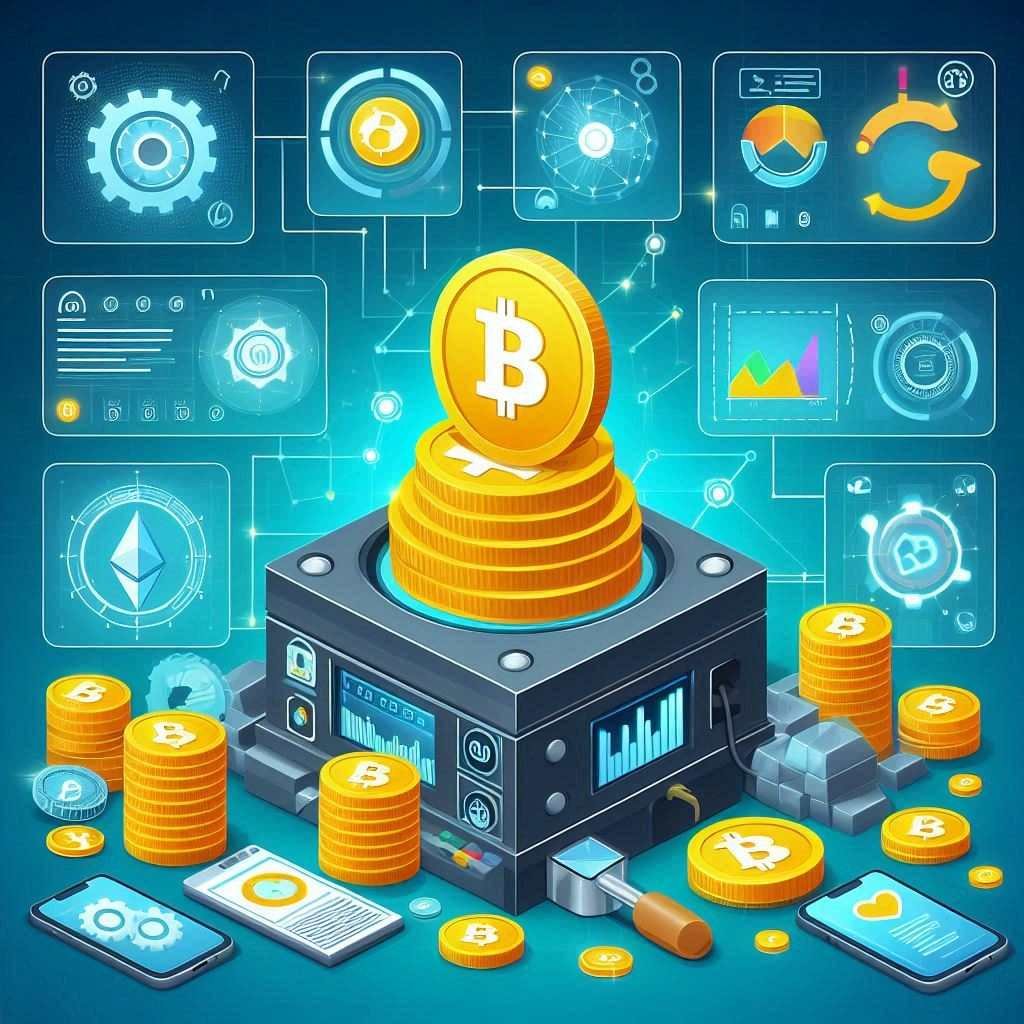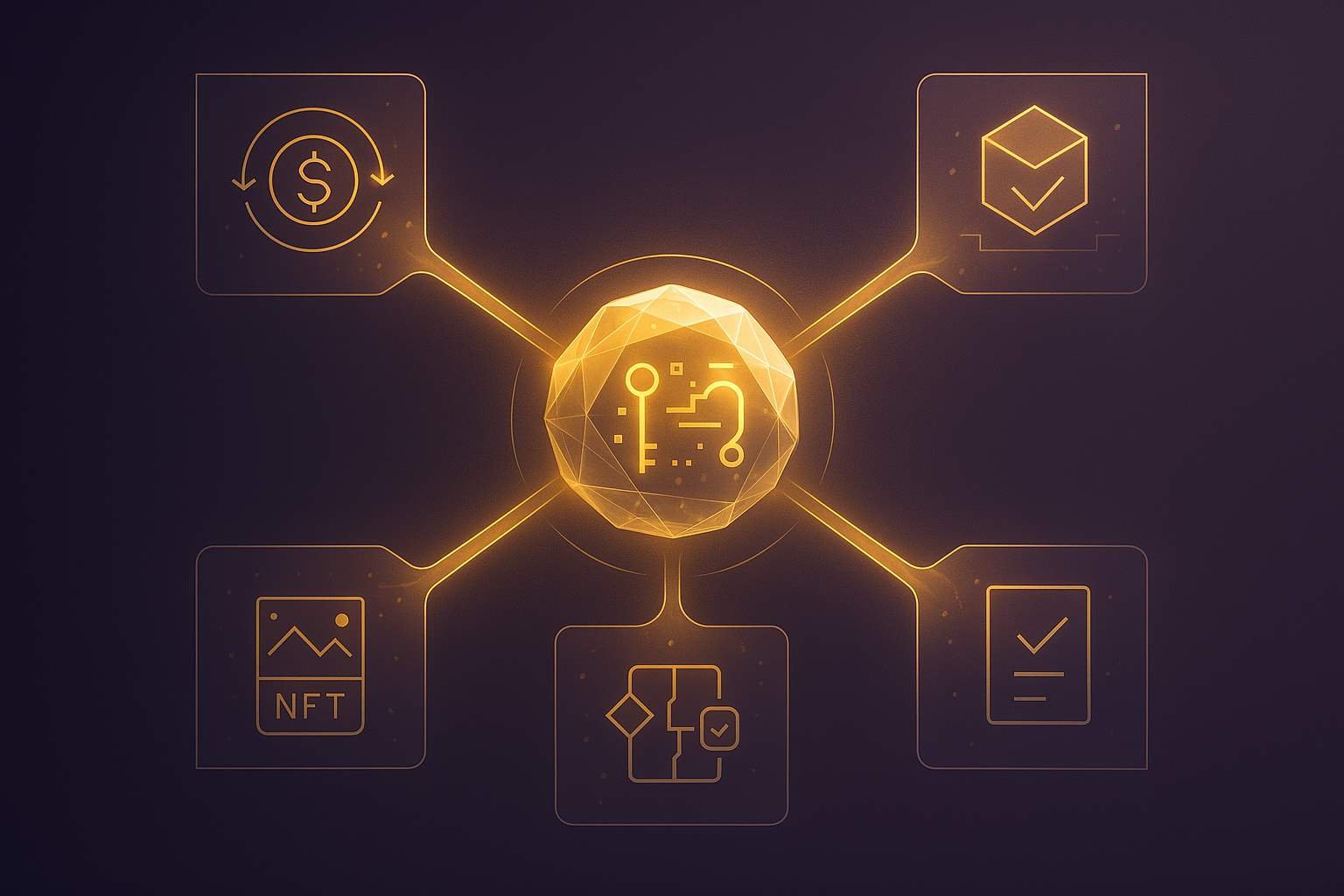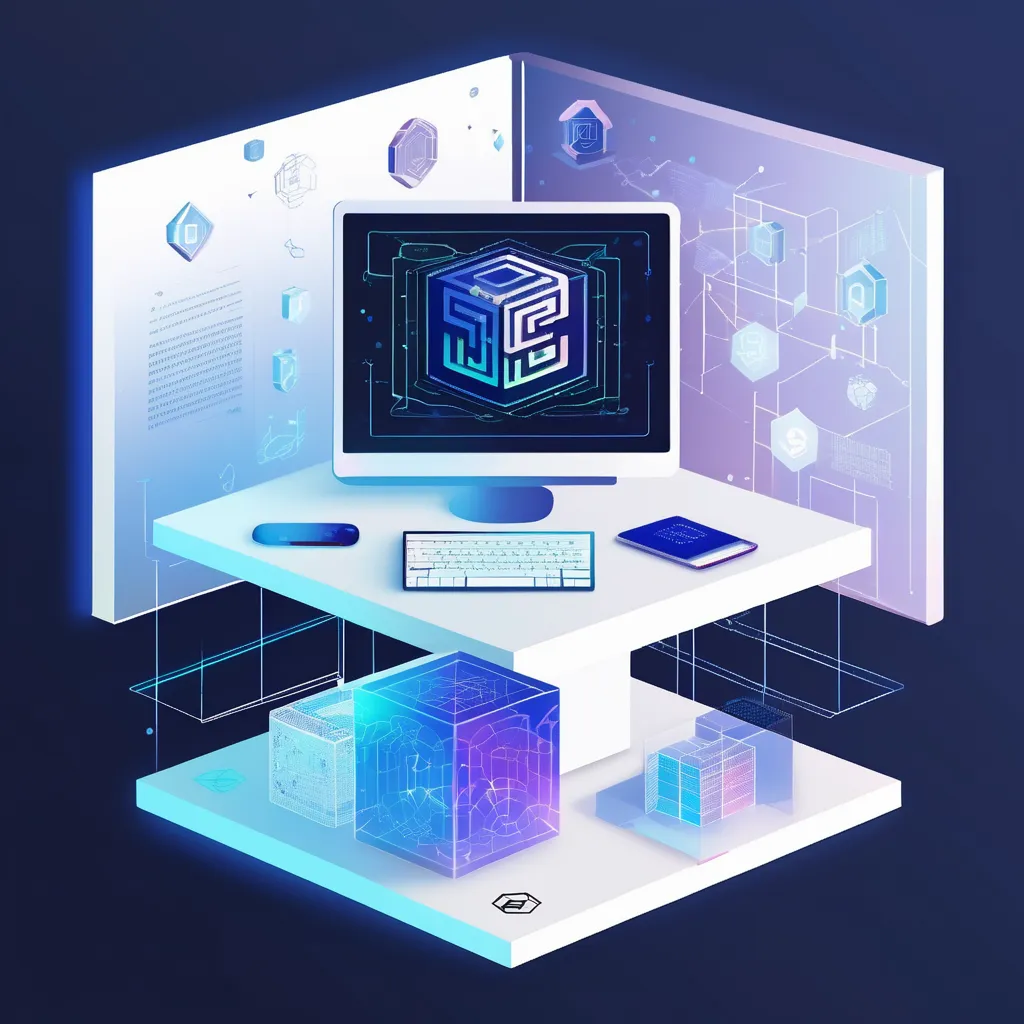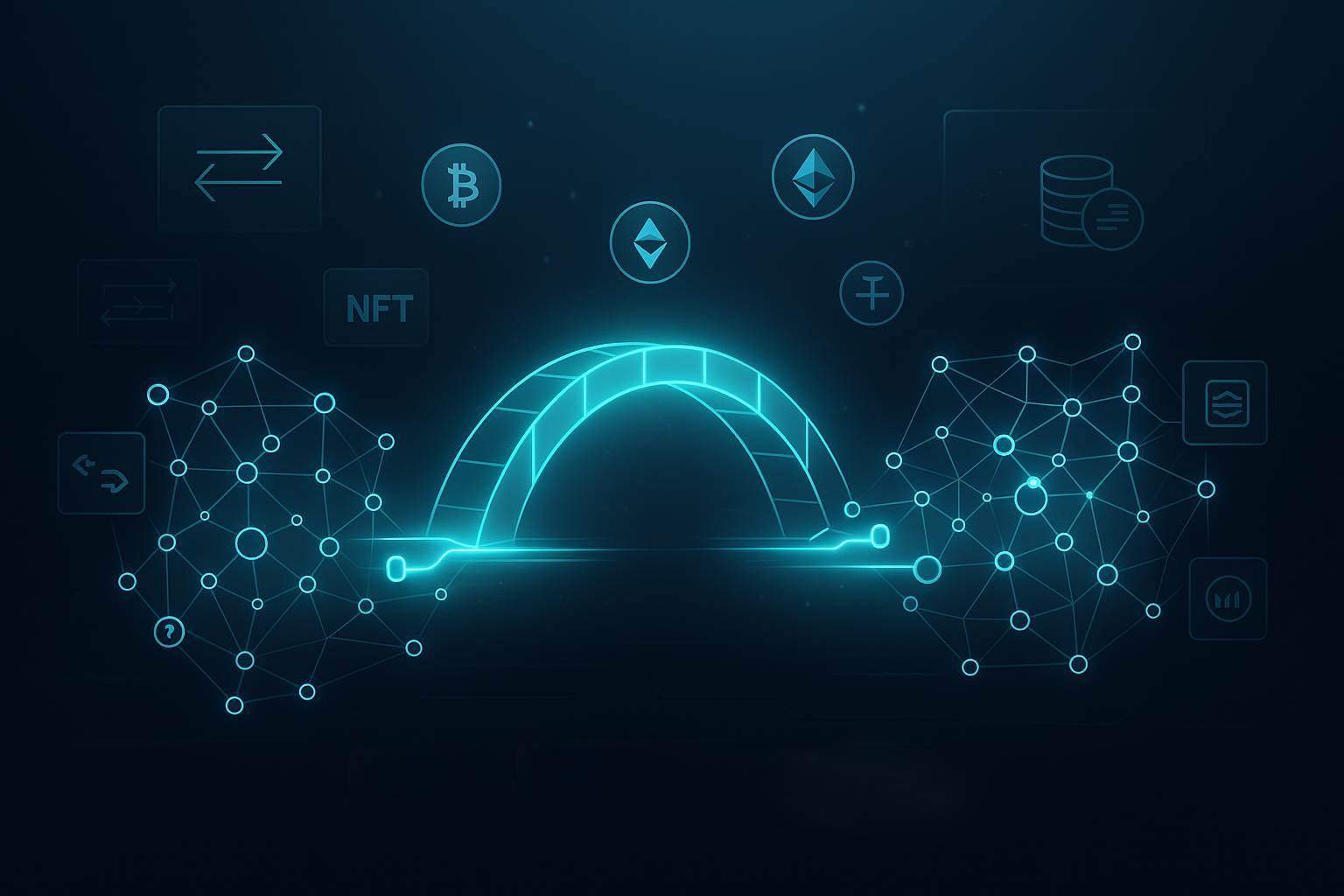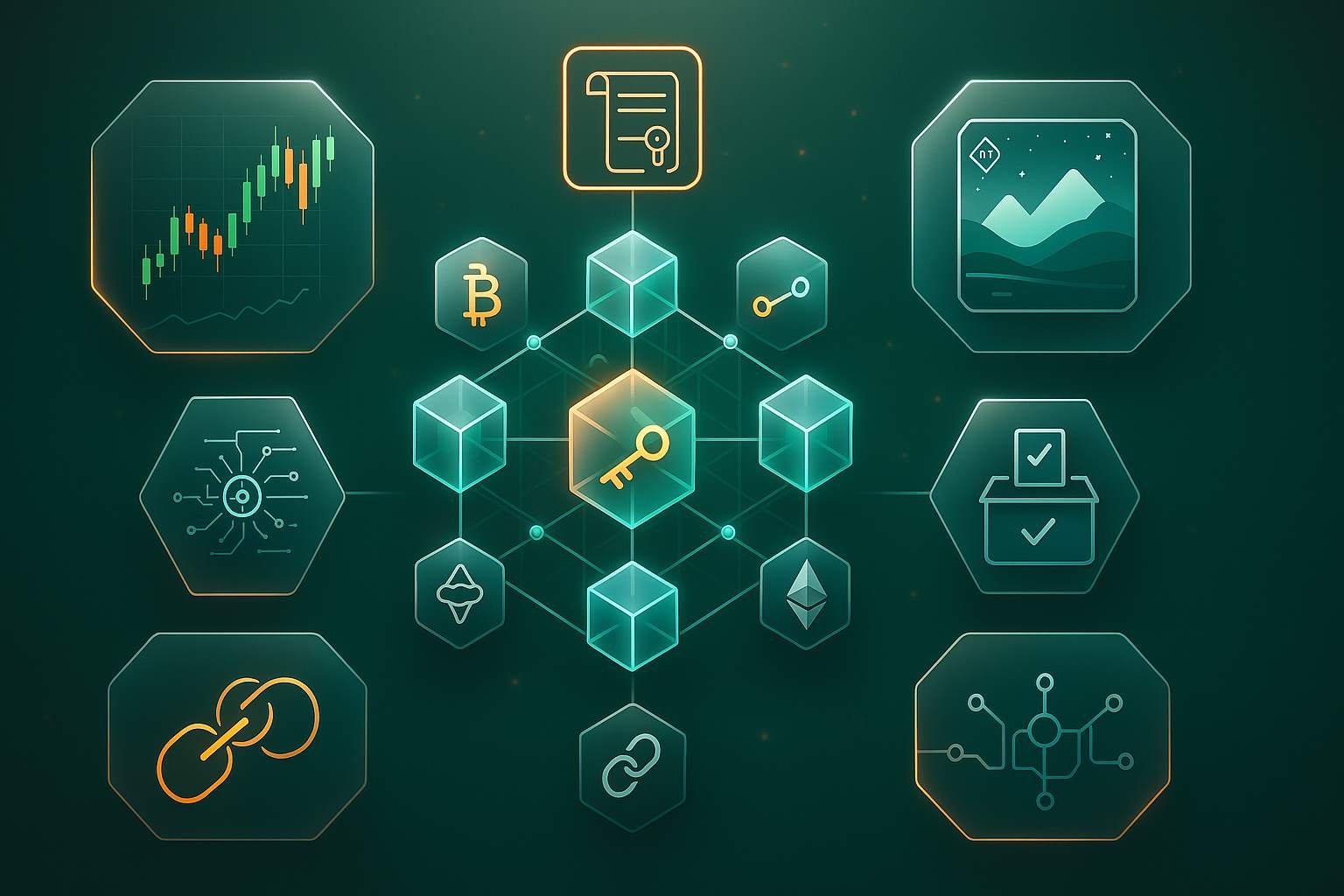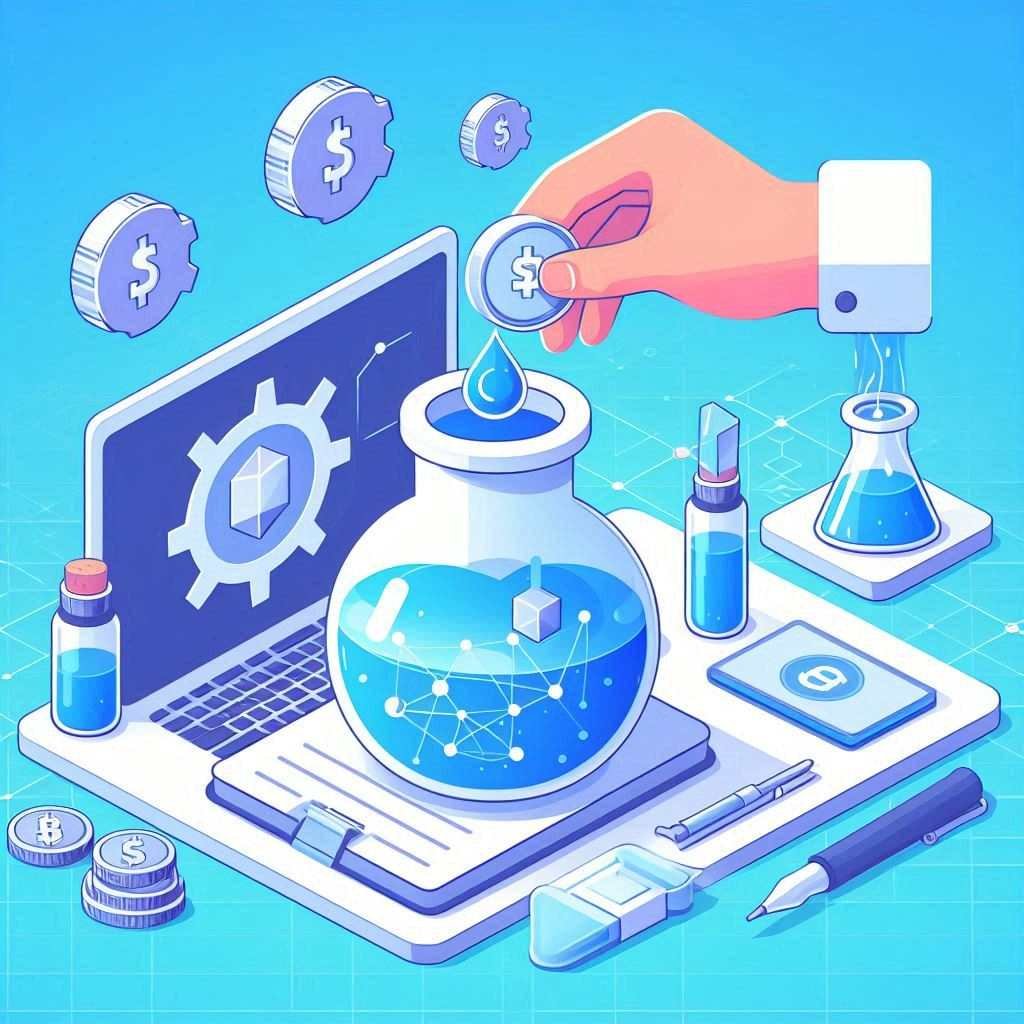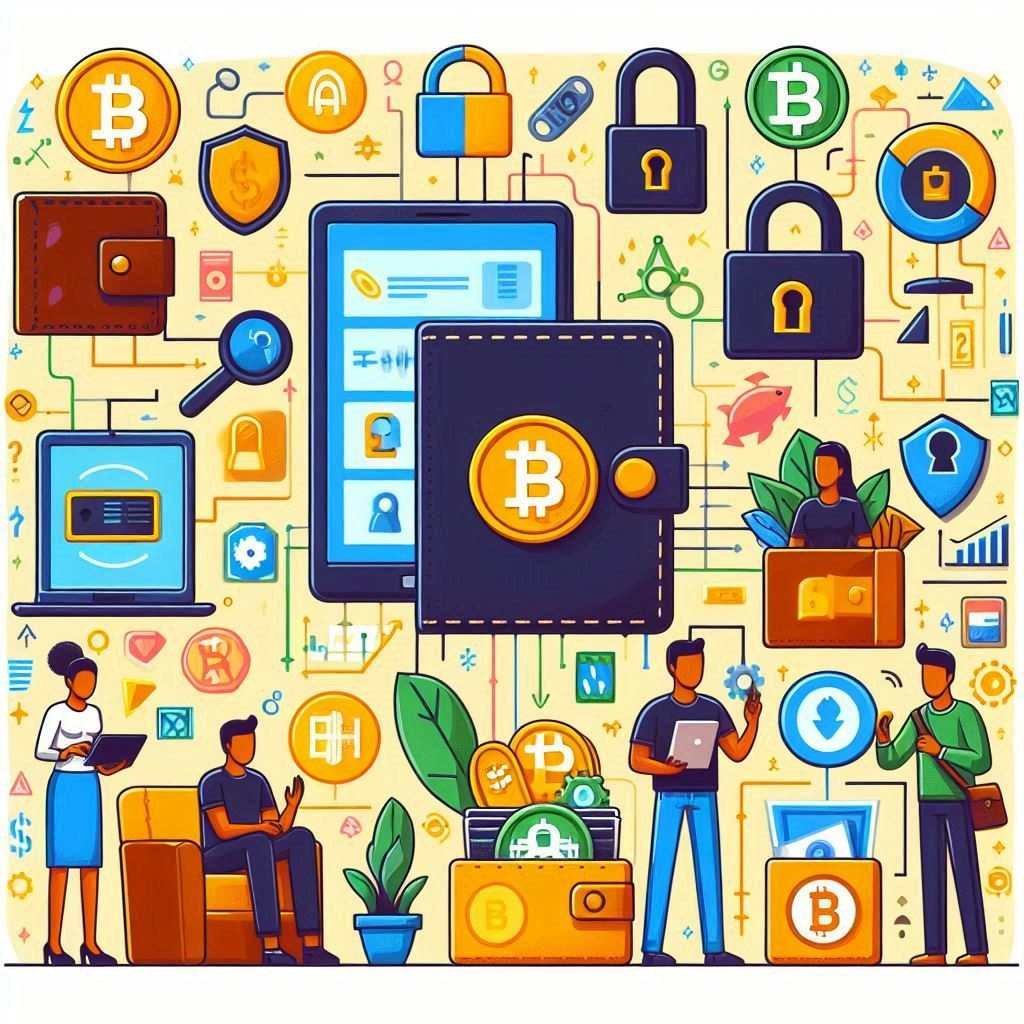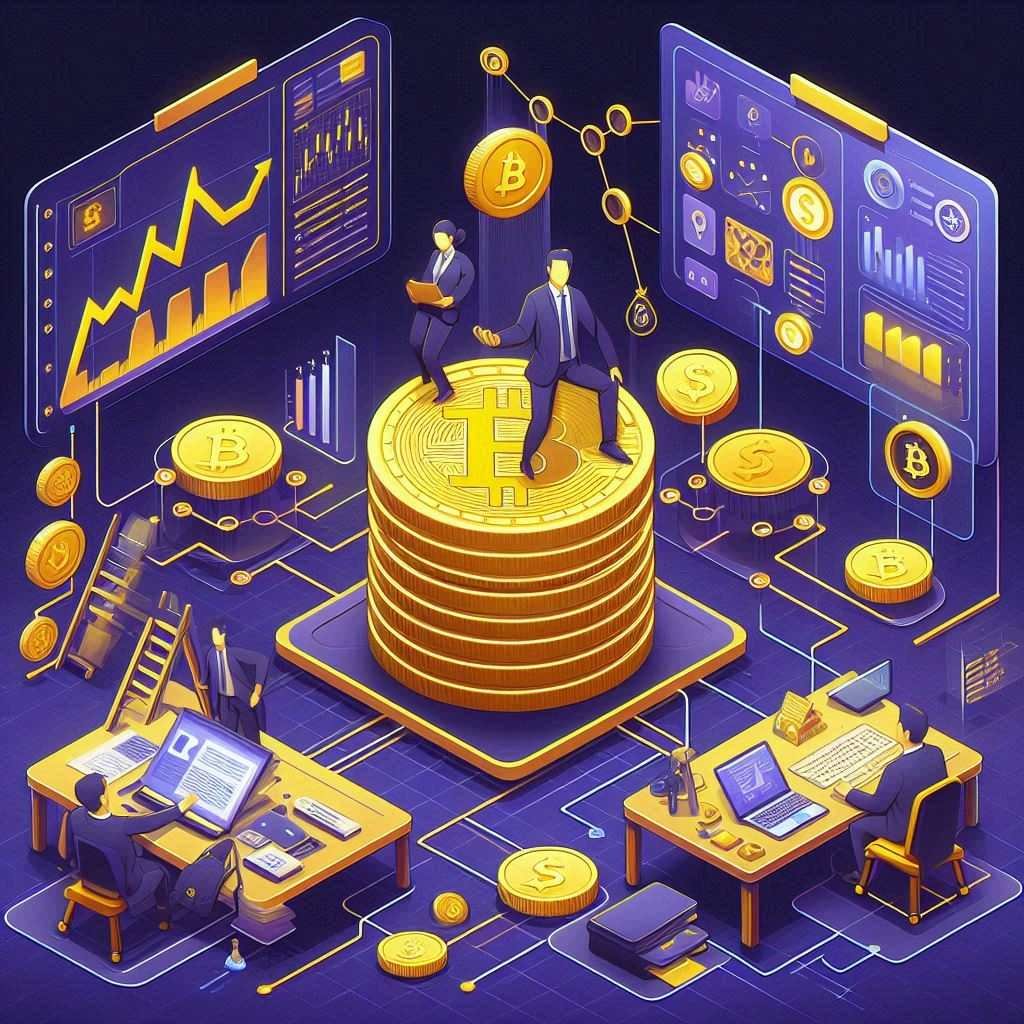Summary of Blockchain Oracles
- Developers use smart contracts to trigger actions based on real-world events.
- Oracles deliver this real-world data to blockchains without human intervention.
- By integrating off-chain data, oracles enable decentralized applications (dApps) to offer diverse experiences, such as trading, prediction markets, and gaming.
What Is a Blockchain Oracle?
A blockchain oracle is a service that provides blockchains and smart contracts with real-world data that isn’t natively available on the blockchain.
Blockchains are designed to track on-chain data—like transactions and balances—but they cannot directly access external information, such as stock prices, weather updates, or sports results. This limitation isolates blockchains from the broader world, restricting their functionality.
Oracles bridge this gap by fetching off-chain data and delivering it to the blockchain in a secure, decentralized way. This allows developers to create a wider range of decentralized applications (dApps).
dApps rely on smart contracts—self-executing code that performs actions when specific conditions are met, similar to automated apps on your phone but without intermediaries. Oracles enhance smart contracts by providing the external data they need to function.
For example, a developer could build a decentralized prediction market dApp using an oracle. Users could bet on events like the winner of the 2026 FIFA World Cup or the outcome of a U.S. Senate election. The oracle would supply the real-world result, and the smart contract would automatically settle the bets, eliminating the need for a human to verify the outcome.
Why Are Blockchain Oracles Important?
Without oracles, blockchains would be limited to on-chain data, unable to access critical real-world information like market prices, user identities, or event outcomes.
Relying on humans to input this data would introduce centralization risks, undermining the decentralized nature of blockchains. Oracles solve this by providing a trustless way to bring off-chain data on-chain, preserving decentralization.
Oracles are essential for many decentralized finance (DeFi) protocols:
- Lending Platforms: Protocols like Aave (AAVE) need real-time token prices to manage loans and collateral. Without oracles, price manipulation by a single party could destabilize the system.
- Trading Platforms: dYdX (DYDX) uses oracles to fetch price feeds for assets, ensuring fair trading. A centralized price feed would make the platform vulnerable to manipulation.
- Gambling dApps: Augur (REP) relies on oracles to retrieve sports scores for betting. A single source of truth could be tampered with, leading to unfair payouts.
Oracles connect the decentralized blockchain world to real-world events, offering a transparent and tamper-resistant alternative to centralized intermediaries.
How Does a Blockchain Oracle Work?
A blockchain oracle consists of two main components:
- On-Chain Smart Contract: Acts as the intermediary between the blockchain and the oracle network.
- Oracle Network: A group of computers that fetch and verify off-chain data.
Here’s how the process works:
- A dApp’s smart contract requests off-chain data (e.g., the price of Bitcoin).
- The dApp’s smart contract connects to the oracle’s smart contract, which monitors for such requests.
- The oracle’s smart contract forwards the request to the oracle network.
- The oracle network retrieves the data from external sources, verifies its accuracy through consensus, and formats it for the blockchain.
- The oracle network sends the verified data back to the oracle’s smart contract.
- The oracle’s smart contract delivers the data to the dApp’s smart contract, which uses it to execute the intended action (e.g., settling a trade).
This process ensures that real-world data is integrated into the blockchain securely and reliably.
Trade-Offs of Blockchain Oracles
While oracles are crucial for DeFi and dApps, they come with trade-offs that users and developers should understand.
Some protocols are praised for being “oracle-free,” meaning they don’t rely on oracles for data, which can enhance security. Understanding these trade-offs helps users evaluate DeFi protocols and tokens more effectively.
Attack Vectors
Blockchains are often isolated to protect their data. Introducing external data via oracles creates potential vulnerabilities.
Oracles rely on proprietary infrastructure to fetch and transmit data, which can be targeted by hackers in ways blockchains cannot. For example, Chainlink uses three layers of decentralization to secure its Price Feeds, but even robust systems can be attacked. While oracles expand functionality, they may reduce a blockchain’s overall security if the oracle network is compromised.
Data Manipulation
Incorrect or manipulated data from oracles can have severe consequences:
- Trading Losses: A manipulated Bitcoin price could lead to unfair trades on a decentralized exchange.
- Loan Liquidations: Inaccurate price data might trigger unwarranted loan defaults on lending platforms.
- Gambling Payouts: False sports scores could result in wrongful payouts on betting dApps.
A notable example is the 2022 Mango Markets exploit on Solana. A hacker manipulated the oracle to inflate the price of the MNGO token by 35x, then used the inflated value as collateral to drain $110 million in loans from the protocol. This highlights the risks of relying on oracles for critical data.
How to Limit Oracle Risks
Not all oracles carry the same level of risk. Smaller or newer oracle networks may be more vulnerable due to untested infrastructure, while established ones often have a proven track record.
To reduce risks:
- Choose Reputable Oracles: Opt for protocols that use well-known oracles with a history of reliability.
- Use Oracle-Free Protocols: Some DeFi platforms, like Uniswap (UNI), don’t rely on oracles. Uniswap uses liquidity pools to determine asset prices internally, avoiding external data risks.
- Stay Informed: Research the oracle’s security measures, past incidents, and governance to assess its reliability.
Popular Blockchain Oracles
While no oracle is immune to attacks, several leading services are widely used in DeFi:
- Chainlink (LINK): The most prominent oracle network, securing over $25 trillion in transactions by 2025. Chainlink’s Cross-Chain Interoperability Protocol connects multiple blockchains, providing reliable data for dApps.
- Pyth (PYTH): Specializes in DeFi data, supporting hundreds of dApps, primarily on Solana (SOL).
- API3 (API3): Aggregates data from first-party sources, serving hundreds of dApps across dozens of blockchains.
- Band Protocol (BAND): Built on the Cosmos (ATOM) ecosystem, Band secures numerous dApps with a strong presence in Cosmos-based networks.
At CryptoAnalyzes, we’re here to help you navigate the crypto world with confidence. For VIP analysis services, in-depth trading insights, and personalized strategies, visit Cryptoanalyzes. Want to explore more educational content? Check out our CryptoAnalyzes blog for the latest articles.
